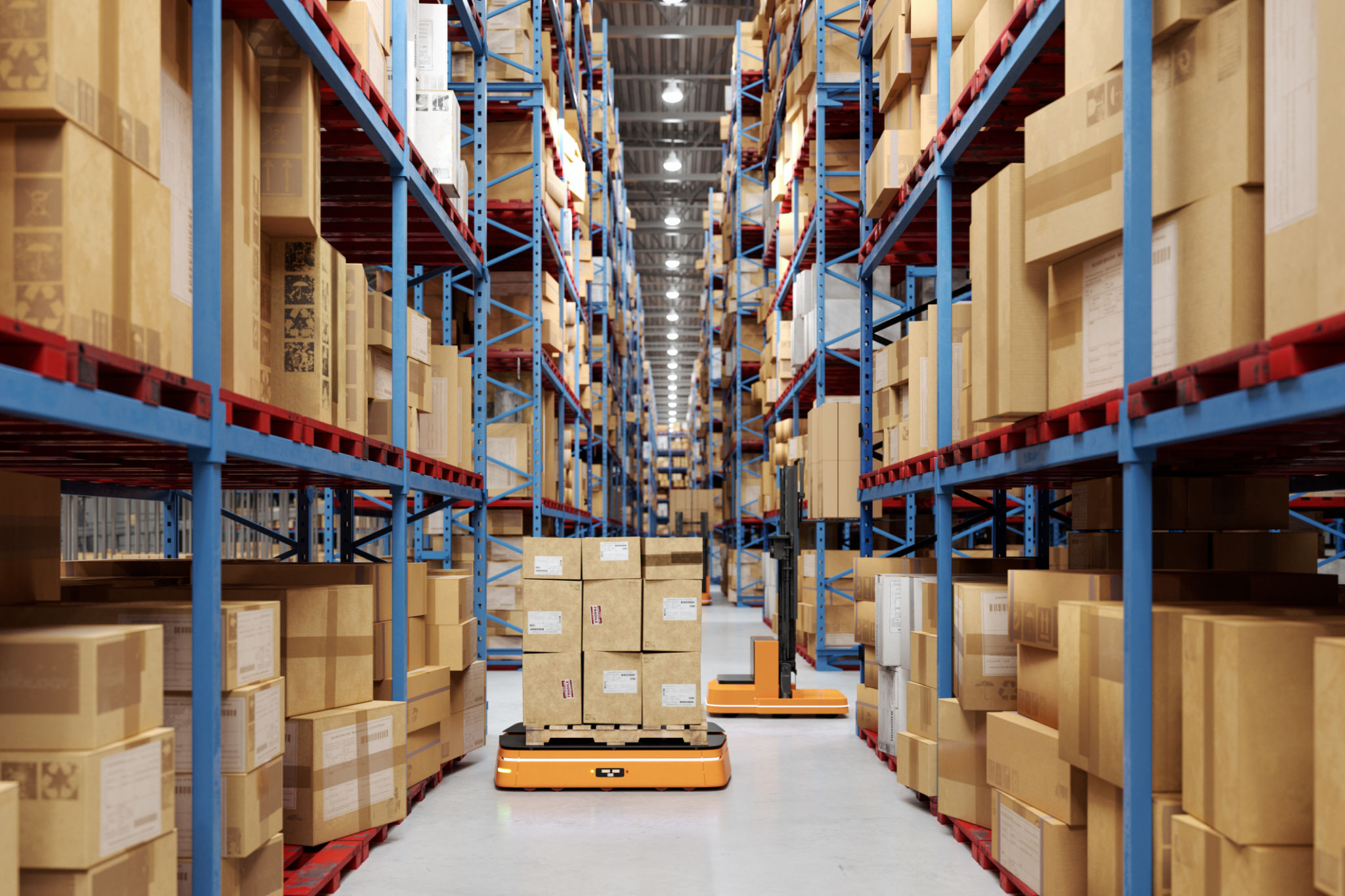Case Study: Successfully Utilizing Chinese Warehouse Designs in Perris
Introduction to Chinese Warehouse Designs
In the rapidly growing logistics and supply chain industry, effective warehouse design is crucial. Recently, Perris has seen a unique trend: the successful implementation of Chinese warehouse designs. These designs are celebrated for their efficiency, flexibility, and scalability, making them a perfect fit for the dynamic needs of businesses in Perris.
Chinese warehouses are typically characterized by their innovative use of space, advanced technology integration, and sustainable practices. This case study explores how these elements have been adapted and utilized effectively in Perris, providing valuable insights for other regions looking to optimize their logistics operations.

Key Features of Chinese Warehouse Designs
One of the most significant features of Chinese warehouse designs is their focus on vertical storage. By maximizing vertical space, these warehouses can store more products without requiring a larger footprint. This is particularly beneficial in Perris, where space can be at a premium.
Another important aspect is the integration of smart technology. Chinese warehouses often employ automated systems for inventory management, picking, and packing. These technologies not only improve efficiency but also reduce errors, leading to faster order fulfillment and increased customer satisfaction.

Sustainability and Environmental Impact
Sustainability is a major consideration in modern warehouse design. Chinese warehouses often use eco-friendly materials and energy-efficient systems. Solar panels, LED lighting, and advanced insulation techniques help reduce the carbon footprint of these facilities.
In Perris, adopting these sustainable practices has proven beneficial not only for the environment but also for reducing operational costs. Companies have reported significant savings in energy expenses, further justifying the initial investment in these advanced designs.

Adapting Designs for Local Needs
While Chinese warehouse designs offer numerous advantages, it is essential to adapt them to meet local regulatory requirements and cultural preferences. In Perris, this involved collaborating with local architects and engineers to ensure compliance with building codes and safety standards.
Moreover, local customization can enhance the functionality of these warehouses. For example, incorporating regional climate considerations can improve energy efficiency and worker comfort, ultimately boosting productivity and morale.
Challenges and Solutions
Implementing Chinese warehouse designs in Perris was not without challenges. One significant hurdle was the initial cost of technology integration. However, companies found that the long-term benefits, such as reduced labor costs and improved operational efficiency, outweighed these initial expenses.
Another challenge was the need for skilled labor to manage and maintain advanced systems. This was addressed by investing in training programs and leveraging local talent, ensuring that the workforce was well-equipped to handle the new technologies.
Conclusion
The successful utilization of Chinese warehouse designs in Perris serves as a powerful case study for other regions looking to enhance their logistics infrastructure. By embracing innovative design, technology, and sustainability, businesses can achieve significant improvements in efficiency and cost-effectiveness.
The lessons learned from this case study highlight the importance of adaptation and collaboration in implementing foreign design concepts. As more regions look to modernize their logistics operations, the strategies outlined here will prove invaluable.